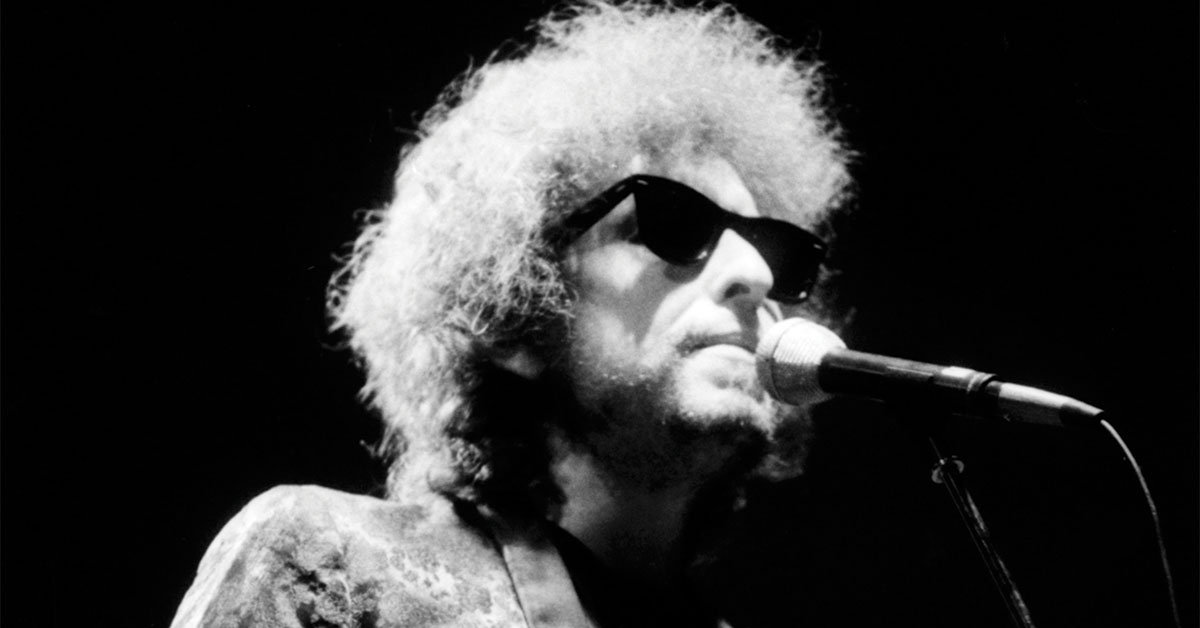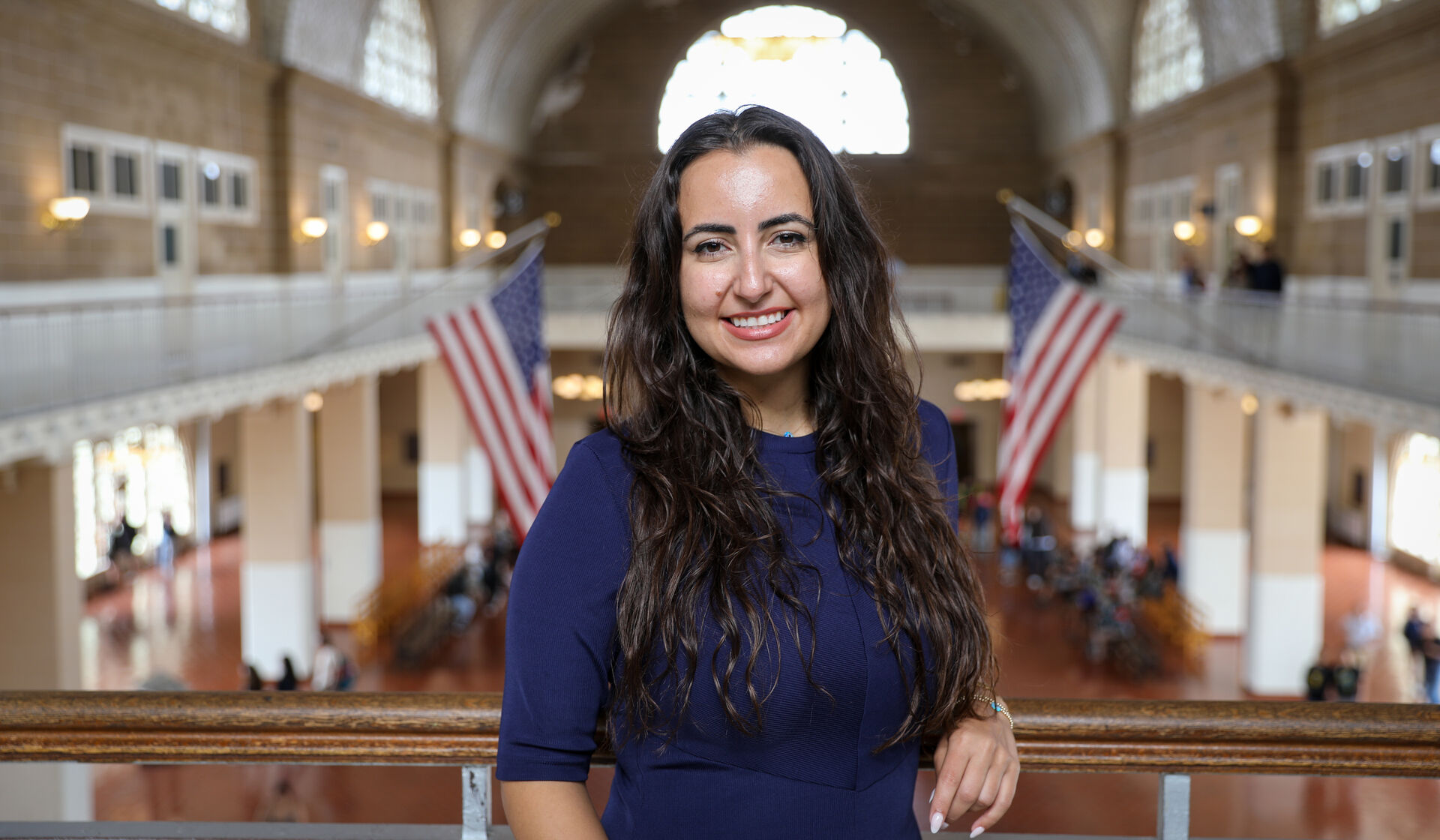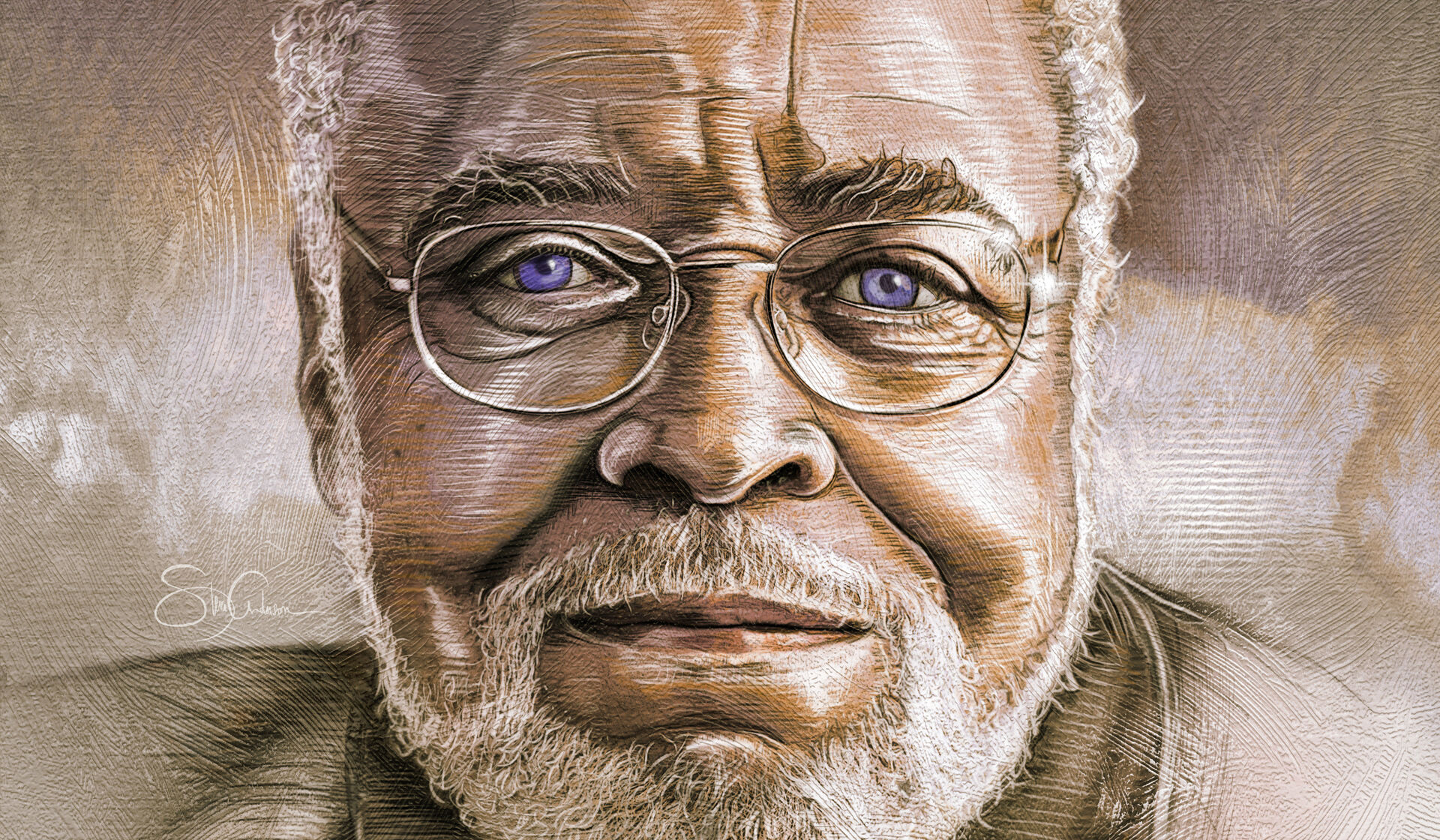BOB DYLAN RECENTLY RETURNED TO ANN ARBOR TO PERFORM BEFORE A PACKED CROWD. FOR THOSE UNABLE TO ATTEND, MICHIGAN ALUMNUS SENT ITS REPORTER TO GATHER SOME OF THE SIGHTS AND SOUNDS OF THAT EVENING.
When Bob Dylan performed his 12th Ann Arbor concert at Hill Auditorium on Nov. 6, he alternated between driving blues songs and gentle ballads. And he never—not once—spoke to the audience, introducing neither his songs nor his musicians. It’s been years since he’s spoken onstage.
Then again, he doesn’t need to: everything he needs to say, he sings
Dylan, now 78, looked a bit frail, but when he opened his mouth, the voice that emerged was one of tremendous power and great subtlety. At times, he seemed to relish the roughage of his voice; at others, he smoothed its edges almost to the point of crooning.
For decades, Dylan has toured relentlessly. What critics and fans call his “Never Ending Tour”—Dylan himself doesn’t use the name—began in the summer of 1988. He plays hundreds of shows each year, occasionally taking a month or two off; other than that, he’s on the road. Even those fans who’ve seen him multiple times remain enthusiastic, if the audience in Ann Arbor is any gauge.
Circling the lobby at Hill, I was struck by the diversity of people. Younger attendees mixed with those who looked as if they might have attended Dylan’s first Ann Arbor concert in 1962. Jesi Murphy, who has seen Dylan eight or nine times, came with a group that spanned generations: she and her husband came with her daughter, her daughter’s boyfriend, her nephew, and possibly a few others: I lost track trying to keep up. Her eyes alight with anticipation, she said it had long been “a dream to get the whole family to see Dylan together.”
I also ran into a cluster of young alumni: Jeffrey Sondheimer, ’19, and his friends graduated from U-M in May. “It’s a can’t-miss concert,” Sondheimer said. “I don’t know when else I’ll get to see Bob Dylan.” His father introduced him to the music of Dylan as well as the Grateful Dead, whom he’s also seen in concert. “Seeing Bob Dylan is sort of like coming full circle.”
Arriving at my seat, I found the man sitting behind me arguing amiably with the man sitting next to me. Once upon a time, they’d both seen Dylan play in Toledo, Ohio.
“That was terrible,” said the man next to me. “I loved it,” said Jonathan Van Torre, the man behind me.
A self-professed “super huge” Dylan fan, Van Torre had seen Dylan four times, including the show in Toledo. “I’d follow him to every show if I could afford to.”
“Do you think he deserved the Nobel?” I asked him, referring to the Nobel Prize in Literature that Dylan received in 2016. The award was controversial, as many prominent writers and critics decried the Nobel Committee’s decision.
But Van Torre made it clear he thought the prize was more than justified.
“You don’t?” he said, suspiciously.
“Oh, I do,” I assured him.
Looking at the stage, I noticed, inexplicably, three mannequins arranged along the back. One wore a suit; two were dressed in gowns. By the piano, a Roman-style bust had been placed on a stand. At no point during the show was any reference made to any of these figures. But I found myself thinking that they’d keep Dylan company as he sang; even—or especially—when he’s surrounded by crowds, Bob Dylan has a way of seeming terribly alone.
Just then the lights flickered and the musicians crept onto the stage in the dark. At first, Dylan was indistinguishable from the others. Then he sat down at the piano.
They began with “Things Have Changed,” a mysterious but witty song that seems to pay ironic homage to Dylan’s more idealistic days—the days when he wrote songs like “The Times They Are A-Changin’”: “People are crazy and times are strange/ I’m locked in tight, I’m out of range/ I used to care but things have changed.” He then moved into a melodic and deeply felt version of “It Ain’t Me, Babe” before gearing back up for a rousing “Highway 61 Revisited.” In his delivery, which was rough, almost grimy, he seemed to chew up the words before spitting them out. But a few minutes later, he had switched back to a gentle, even nostalgic approach. In “Simple Twist of Fate,” a wistful violin traced the melody while Dylan smoothed out his voice, the lines unspooling quickly.
Dylan seemed to start each song seated at the piano, just the fuzzy corona of his hair visible from where I sat. But as each song progressed, he stood up, picked up a microphone, and stepped back and back again—as far back on the stage as he could get. The piano’s placement had him centered onstage, alone; when he stepped back, the other musicians clustered more tightly around him. Dylan looked for all the world like he was trying to hide from the audience, and the musicians like they were trying to protect him.
I found this inexplicably moving—it was so obviously unrehearsed. Dylan, I thought, will pour all of himself into his voice, his performance as a whole, but he will still shield himself from his own fans. He is a performer and, at the same time, an intensely private person. He carries his own particular blend of wryness and irony; he will reveal himself to be vulnerable and then, in the very next breath, undercut that vulnerability.
That night, Dylan played both “Not Dark Yet” and “Tryin’ to Get to Heaven,” both songs from his 1997 album “Time Out of Mind.” It isn’t a stretch to say that both songs are, among other things, about aging, taking stock of a life lived, even preparing to die. The album version of “Not Dark Yet” is a dreamy, atmospheric tangle of melody and deep tone, as was the version he played at Hill. But in this version, as he sang, “It’s not dark yet,” he paused an extra beat and then continued, “but it’s getting there.” That one extra pause—one miniscule detail—changed the song’s effect to such a degree that the guy sitting next to me laughed aloud. “Not Dark Yet” is Dylan at his most vulnerable, but at the same time, he was able to inject it with an entirely new level of bitterly wry humor.
Too soon, the lights came back up: that was it, that was everything. I wandered, dazed, into the lobby, where everyone else looked as stunned as I felt. I ran into a graduate student, Ning, from China, who came with a group of friends to see Dylan perform. She didn’t know much about his music, she said, but she did know that he’d won the Nobel Prize a few years back and that she should come to check him out. She had enjoyed the show but found it hard to understand the lyrics. Later, she thought, she’d go look them up online.
Then I saw a few more students standing, starry-eyed, by the door. “What did you think?” I asked.
“That was surreal,” Erik Montag, a U-M sophomore, said. “He’s larger than life, an American inspirational figure.”
“It was kind of incredible to be in the same room as Bob Dylan,” added fellow U-M sophomore Jacob Yosowitz. “I don’t even have other words to describe it.”
At that moment, I didn’t, either. We looked at each other and laughed. Outside, the wind blew bitterly, and I wished I could start the whole night over again, just so I could hear each song played once more.
NATALIA HOLTZMAN, MSI’19, is a freelance writer whose work has appeared in the Los Angeles Review of Books, the Millions, Bookforum, the Star Tribune, and elsewhere.





